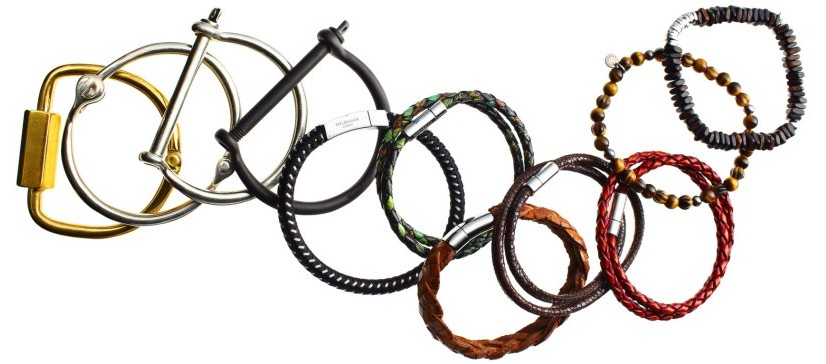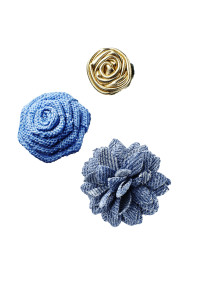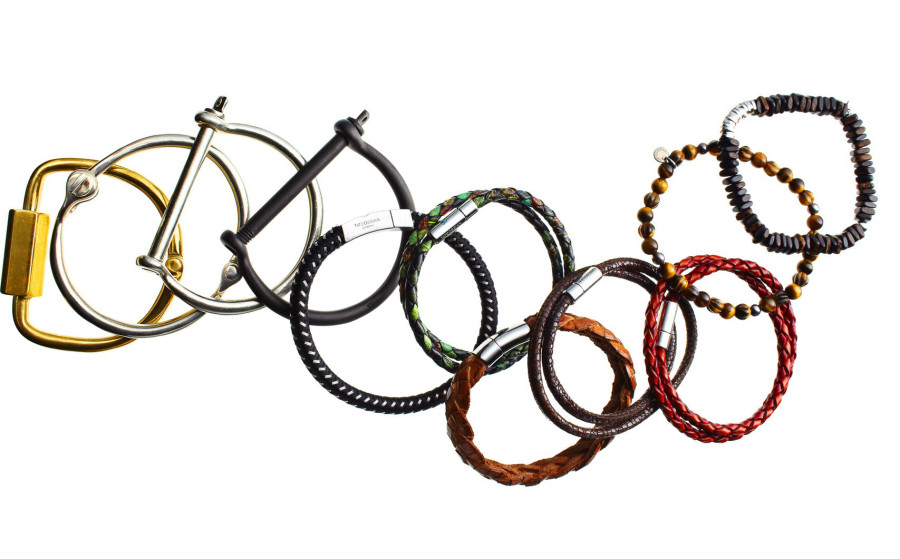ACCESSORIES REPORT: ADDING FLAIR IN NEW WAYS


For many Millennials, a woven silk tie harks back to such old-fashioned standards as suits in the workplace. Clearly, the ongoing evolution of what it means to be appropriately attired for business has affected neckwear sales. Consequently, tie bars and tie pins, and other items you might associate with “ye offices of olde,” such as cufflinks, are slowing down too.
“Guys aren’t dressing up as much for work, so there’s that shift in focus,” says Carina Fanelli, men’s accessories buyer at Saks Fifth Avenue. “We’re seeing a softening in cufflinks, but a huge trend in bracelets; guys are getting more comfortable wearing jewelry, and experimenting with ways to wear jewelry differently, whether it’s stacking multiple bracelets in mixed materials like different stones, metals and leathers, or layering a bracelet with a watch, or adding a lapel pin: accessories are evolving.”
“Dress furnishings have always been the driver in the men’s market, but now it’s more casual,” agrees Mario Bisio of Mario’s. “Tie business is softer as a result, but other accessories are balancing that out: a guy might not be wearing a suit and a tie, but he’s wearing a polo with a soft constructed blazer and a pocket square, perhaps a lapel pin. Where he would have added flair to his outfit with a tie, he’s adding the flair in different ways. It’s exciting.”

“Accessories are interesting because they’re now regarded as an essential part of an outfit,” explains president of A.K. Rikks, Jim Murray. “A bracelet that matches the look; a pocket square instead of a tie; a seasonal bag: men are understanding that accessories complete a look, and that has made a difference in the category. It also causes us to be more strategic in our buy. We have to offer complete outfits with accessories, and not just any accessory will do.”
But when offering a wide assortment of apparel, stocking accessories that work with every outfit is not an easy task. For Matt Fox, co-owner of accessories store Fine and Dandy in New York City, that was a lesson learned. “We seem to be the go-to accessories spot for our customers, and at times we struggle with customers looking for very specific items that we don’t have, say an orange paisley bow tie,” he explains. “The lesson for us has repeatedly been variety: smaller
quantities of a larger variety of styles. We keep a running list of items our customers have a hard time finding, and if we don’t currently have an item, we’re either making it for next season or it’s in research and development.”


